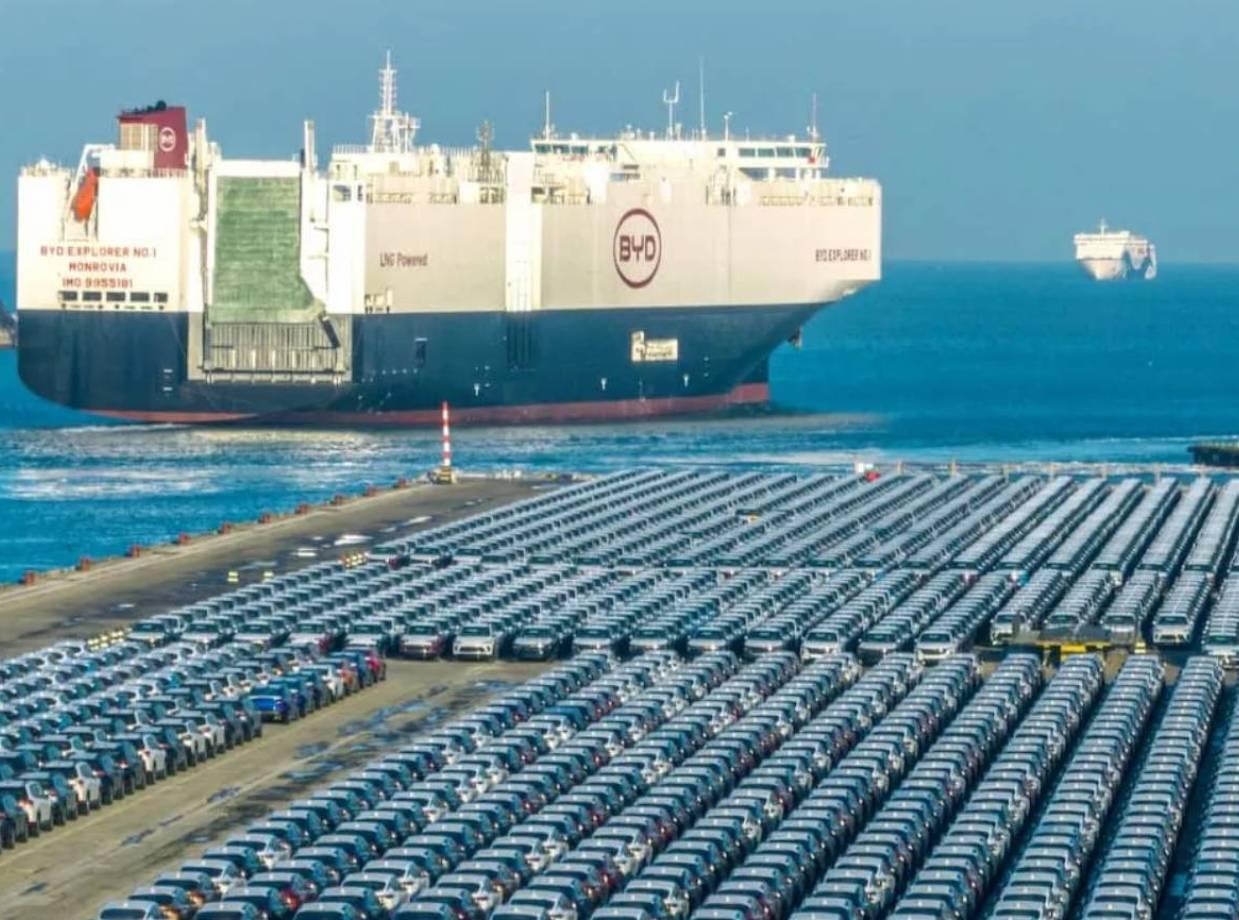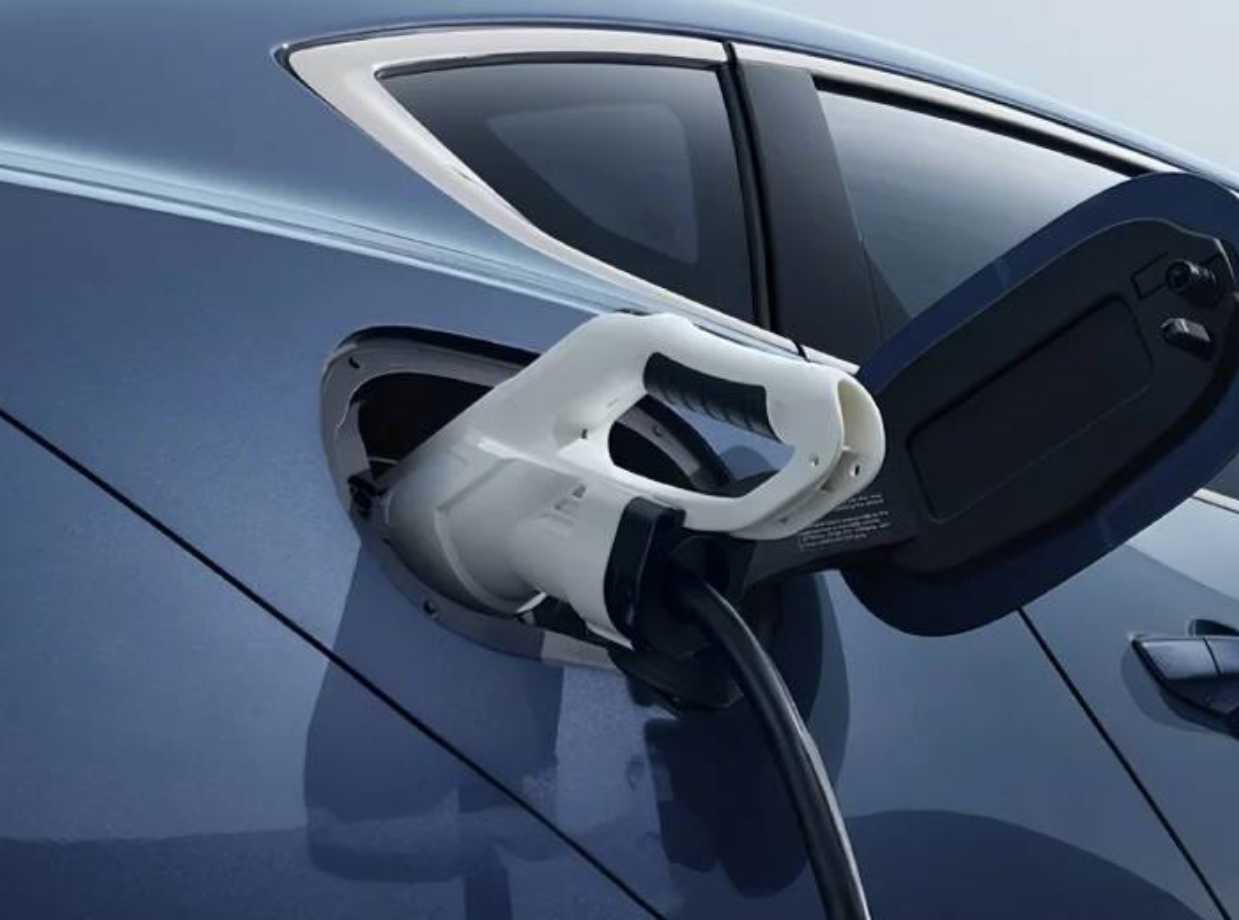Why Europe Still Leads as the #1 Destination for China’s EV Exports in 2025
Despite rising global competition and the shadow of EU tariffs, Europe remains the preferred market for Chinese electric vehicles (EVs). In 2025, several compelling factors explain why European consumers continue to choose Chinese-made electric vehicles (EVs) — and why manufacturers are doubling down on their European strategies.
1. Established Market Demand & Incentive Structures
Europe's electric vehicle market grew by 36.2% year-over-year in May 2025, reaching 330,000 units, primarily driven by fleet incentives in Germany and increasing adoption across Southern Europe. The region’s aggressive climate policies, tax credits, and subsidies have created a robust foundation for EV growth, offering fertile ground for Chinese exports.
2. Price Leadership and Value Proposition
Chinese EVs remain significantly cheaper than European models. For example, BYD’s Dolphin Surf in the UK is priced at around £18,650 (€22,000), undercutting many competitors. These cost advantages help offset challenges like transport costs and EU import duties, enabling Chinese automakers to capture price-sensitive consumers.
3. EU Tariffs Have a Managed Impact
The EU implemented anti-subsidy tariffs in October 2024, up to 45.3%, though most Chinese brands face 17‑35% extra duties. Despite this, Europe remains their largest market in value terms, accounting for approximately 40% of Chinese EV export value in 2024. Export growth has slowed but not reversed.
4. Extensive Export Capacity and Logistics
Chinese automakers are scaling export infrastructure to meet demand. In 2025, China plans to export up to 560,000 EVs to Europe via roll-on/roll-off carriers, supported by investments like BYD’s new Ro-Ro vessel. This enhanced capacity ensures a steady and reliable supply.
5. Technology Leadership & Battery Supply Chain
China controls over 60% of global EV battery production and has a 10–15 year lead in supply chain integration. This edge allows Chinese brands to offer long-range, fast-charging models that match or exceed European rivals—all at competitive prices.
6. Geo-Economic Ties & Investments
Strong commercial relationships bolster the strategy. China remained the EU’s largest import partner in 2024 (21.3%) and the third-largest export partner (8.3%). In parallel, Chinese FDI in European greenfield EV projects reached €4.9 billion in 2024, with seven of the top 10 investments tied to electric vehicles.
7. Europe Lacks Domestic Battery Capacity
Europe’s battery manufacturing capacity is projected to meet only 15% of its EV demand by 2030, while China supplies 80%. This structural gap makes it hard for European brands to meet demand alone, reinforcing dependence on Chinese suppliers and finished vehicles.
What This Means for European Consumers
| Benefit | Details |
|---|---|
| Competitive Prices | More affordable options, despite tariffs |
| Technology Access | Advanced features like blade batteries and long-range |
| Reliable Supply | Strong logistics and export pipelines |
Consumers can expect more models, enhanced performance, and ever-improving value as Chinese brands expand and introduce hybrid and high-end versions to comply with regulations.
Final Thoughts
In 2025, Europe remains the top market for Chinese EV exports due to persistent demand, favorable economics, strategic logistics, and unmatched battery supply dominance. While EU tariffs pose challenges, they haven’t derailed this trend. Instead, manufacturers are innovating with hybrid models, local investments, and pricing strategies. For European buyers, this means better choices, more tech, and more affordable EVs.





Dejar un comentario
Este sitio está protegido por hCaptcha y se aplican la Política de privacidad de hCaptcha y los Términos del servicio.